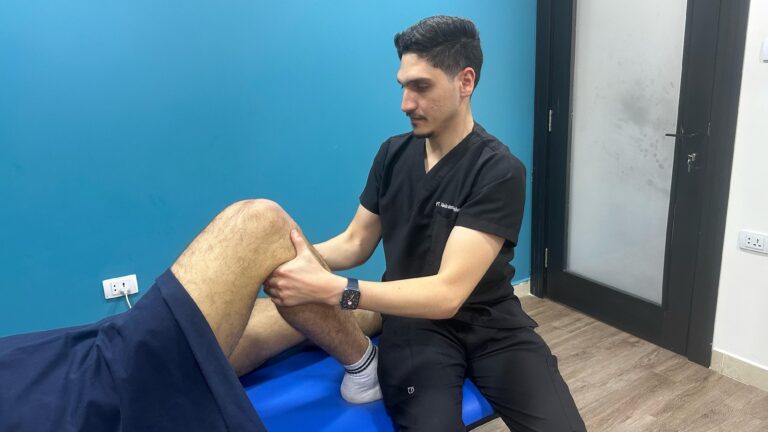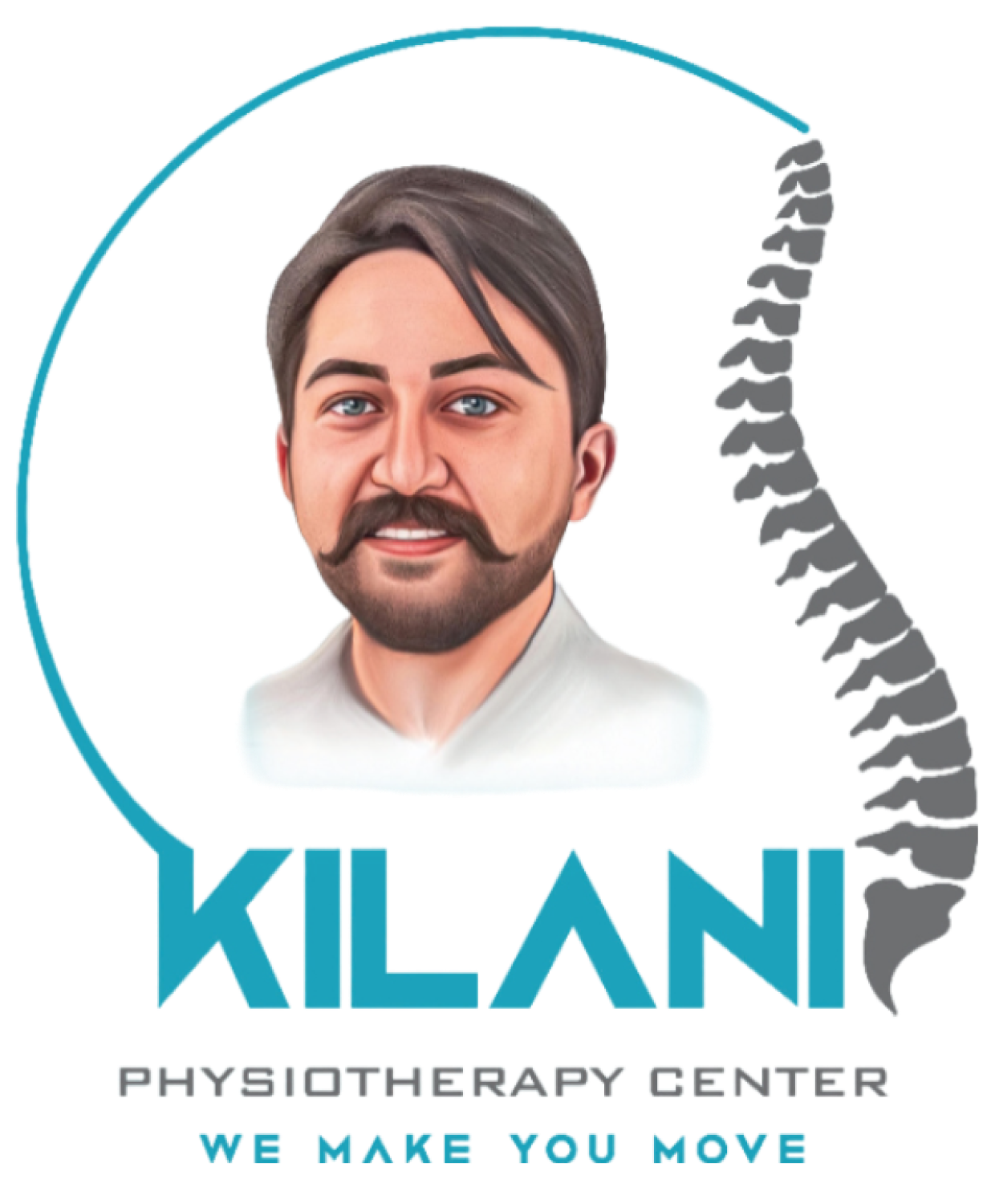Anterior Cruciate Ligament: Symptoms, Causes, Stages, Treatments, and the Role of Physiotherapy
Kilani
February 26, 2025

Anterior Cruciate Ligament Introduction
Anterior Cruciate Ligament (ACL) injuries are among the most common knee injuries, especially in athletes involved in high-impact sports. The ACL plays a crucial role in stabilizing the knee joint by preventing excessive forward movement of the tibia relative to the femur. When the ACL is injured, it can lead to pain, instability, and limited mobility. Understanding the symptoms, causes, stages of injury, treatment options, and the role of physiotherapy is essential for effective management and recovery.
Which is one of the common cases that we deal with in kilani physiotherapy center
Symptoms of Anterior Cruciate Ligament
The symptoms of an ACL injury can vary depending on the severity of the tear. Common symptoms include:
Sudden Popping Sound: Many individuals report hearing a pop at the time of injury.
Pain and Swelling: Immediate pain followed by swelling within a few hours due to bleeding inside the joint.
Knee Instability: A feeling of the knee giving way, especially during physical activities.
And this is the main sign we focus on in our kilani center which indicate ACL injury, specially after period of time from the time that the injury occurs
Loss of Range of Motion: Difficulty fully bending or straightening the knee.
Tenderness: Sensitivity around the knee joint.
Inability to Bear Weight: Severe cases may make walking or standing on the affected leg difficult.
Causes of Anterior Cruciate Ligament
ACL injuries occur due to excessive stress on the ligament, often during activities that involve sudden movements or high-impact forces. Common causes include:
Sports Injuries: Common in sports like football, basketball, soccer, and skiing where quick stops, pivots, or changes in direction occur.
And this is the most common cause of ACL Injury that we see in kilani phhsiotherapy center due to the number of athletes that we work with
Direct Trauma: A blow to the knee, such as a tackle in football, can cause ACL tears.
Improper Landing: Landing incorrectly from a jump can overstretch and tear the ACL.
Weak Muscles and Poor Conditioning: Insufficient strength in the supporting muscles can lead to instability and an increased risk of injury.
Gender Differences: Women are more prone to ACL injuries due to anatomical and hormonal differences affecting ligament strength and movement mechanics.
Stages of ACL Injury
ACL injuries are categorized into three grades depending on severity:
Grade 1 (Mild Sprain): The ligament is slightly stretched but remains intact. Mild pain and swelling may be present, but the knee remains stable.
Grade 2 (Partial Tear): The ligament is partially torn, leading to moderate instability, pain, and swelling. Some functional impairment is noticeable.
Grade 3 (Complete Tear): A full rupture of the ACL results in significant knee instability, pain, and an inability to bear weight properly.
Treatment Options for ACL Injury
Treatment depends on the severity of the injury, the patient’s activity level, and long-term goals. Options include:
Conservative Treatment
Rest and Ice: Reducing activity and applying ice can help control swelling and pain.
Bracing and Compression: Using knee braces for support and compression to reduce swelling.
Pain Management: NSAIDs (Nonsteroidal anti-inflammatory drugs) may be prescribed to alleviate pain and inflammation.
In this part we focus on manual Therapy
Physical Therapy: Strengthening exercises can help restore stability and prevent further injury.
Surgical Treatment
ACL Reconstruction: A common surgical approach involves replacing the torn ligament with a graft (often taken from the patient’s hamstring, patellar tendon, or a cadaver donor).
Minimally Invasive Arthroscopy: Used to repair or reconstruct the ACL with minimal tissue disruption.
Post-Surgical Rehabilitation: Physical therapy is crucial after surgery to restore knee function and strength.
Role of Physiotherapy in ACL Injury Treatment
hysiotherapy plays a vital role in both non-surgical and post-surgical recovery of ACL injuries. It helps to restore function, strengthen surrounding muscles, and prevent future injuries. Key aspects include:
Early Rehabilitation (Acute Phase):
Pain and swelling management using ice, elevation, and gentle movements.
Gentle range of motion exercises to maintain flexibility.
Muscle activation exercises to prevent muscle atrophy.
Strengthening and Stability Training (Subacute Phase):
Quadriceps, hamstring, and calf strengthening to improve knee stability.
Balance training to restore coordination and prevent instability.
Proprioceptive exercises (such as single-leg standing) to enhance knee control.
Advanced Rehabilitation (Chronic Phase):
Functional training mimicking sports-specific movements.
Plyometric exercises like jumping and controlled landing.
Return-to-sport assessments to ensure the knee is ready for high-impact activities.
Post-Surgical Physiotherapy:
A gradual progression from passive to active movements to restore knee motion.
Strength training to rebuild muscle and prevent compensatory injuries.
Gait training to correct walking mechanics and reduce strain on the knee.
Conclusion
ACL injuries can significantly impact mobility and athletic performance, but with proper diagnosis, treatment, and rehabilitation, individuals can return to normal activities. Physiotherapy is an essential component of both conservative and post-surgical treatment, ensuring long-term stability, strength, and knee function. Preventative measures, including strength training, proper landing techniques, and wearing appropriate footwear, can help reduce the risk of ACL injuries.
If you suffer from this condition, do not hesitate to contact us at our branches in Jordan and Dubai.
